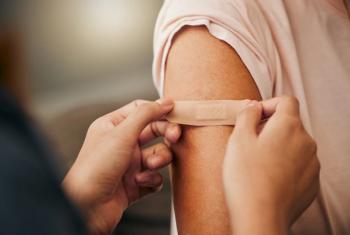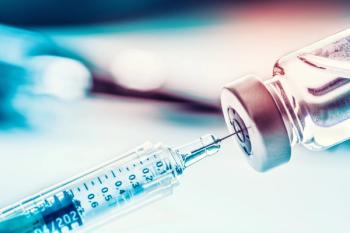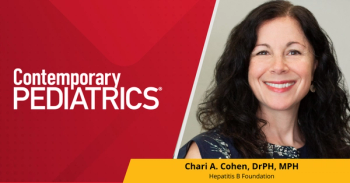
- Consultant for Pediatricians Vol 6 No 9
- Volume 6
- Issue 9
Middle School and College Vaccination
By the pre-middle school visit, the child should have already received 3 or 4 doses of IPV (only 3 are required if the last dose was given after the age of 4 years); 3 doses of hepatitis B vaccine; 2 doses of MMR vaccine; 2 doses of varicella vaccine; and 2 doses of hepatitis A vaccine.
By the pre-middle school visit, the child should have already received 3 or 4 doses of IPV (only 3 are required if the last dose was given after the age of 4 years); 3 doses of hepatitis B vaccine; 2 doses of MMR vaccine; 2 doses of varicella vaccine; and 2 doses of hepatitis A vaccine.
If the child is fully vaccinated up to this point, the 3 vaccines to focus on are:
•Tdap
•HPV vaccine (Figure 5).
•MCV4 (Figure 6).
The 3 vaccines of particular interest at the pre-college visit also include Tdap, MCV4, and HPV. *
Figure 5 - Human papillomavirus types 6 and 11 have a predilection for external genitalia, where they cause condylomata acuminata.
(Courtesy of the CDC.)
Figure 6 - The photomicrograph above depicts Neisseria meningitidis group B bacteria using a Gram stain culture(magnification 31150) (A). The petechial papules on the hand of this child are a manifestation of invasive meningococcal infection (B).
(Photo A courtesy of the CDC; photo B courtesy of Sharon J. Markling, MD, Michael R. Warner, MD, and Charles Camisa, MD.)
Articles in this issue
over 18 years ago
Tuberous Sclerosis Complex and Type 1 Neurofibromatosisover 18 years ago
Atypical Tuberculin Skin Test Responsesover 18 years ago
On the Tip of Her Tongueover 18 years ago
Eczema Herpeticum: A Manifestation of Hyperimmunoglobulin E Syndromeover 18 years ago
Injury From a Fall?over 18 years ago
Middle School: A Time for Maturation-and Vaccinationover 18 years ago
Elementary School Vaccinationover 18 years ago
Adolescent Scoliosis: REFERENCES:over 18 years ago
Immunizing the College Student: REFERENCES:over 18 years ago
Hypersensitivity to Vaccine StabilizerNewsletter
Access practical, evidence-based guidance to support better care for our youngest patients. Join our email list for the latest clinical updates.










